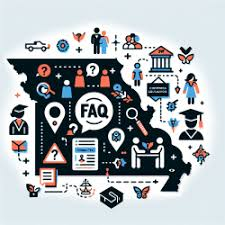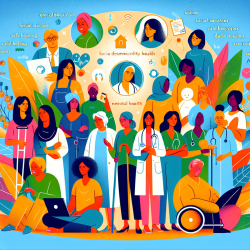Introduction
In the realm of urban informatics, understanding pedestrian behavior is pivotal for enhancing urban planning and improving public spaces. A recent research paper, "Data science for pedestrian and high street retailing as a framework for advancing urban informatics to individual scales," provides insights into how retail data science can be adapted for urban applications. This blog explores how practitioners can leverage these insights to improve their skills and outcomes in urban planning and pedestrian studies.
The Customer Journey Framework
The concept of the customer journey, traditionally used in retail to understand shopper behavior, can be repurposed to study pedestrian interactions with urban environments. The customer journey framework involves tracking the paths that customers take through retail spaces, noting the touchpoints where they interact with products and services. This framework can be adapted to understand how pedestrians navigate urban spaces, how they interact with the built environment, and how these interactions can inform urban planning.
Data Collection and Analysis
Retailers have developed sophisticated data collection methods to track customer journeys, including the use of mobile devices, in-store sensors, and digital touchpoints. These methods can be adapted for urban informatics to collect high-resolution data on pedestrian movement and behavior. By using similar data-driven approaches, urban planners can gain insights into pedestrian flow, identify areas of congestion, and improve the design of public spaces to enhance pedestrian experiences.
Potential Benefits for Urban Science
- Enhanced Data Granularity: Retail data science provides detailed insights into individual customer behavior, which can be translated into granular data on pedestrian movement and interactions in urban spaces.
- Improved Urban Planning: By understanding pedestrian behavior through the lens of retail analytics, urban planners can design more effective public spaces that cater to the needs of pedestrians, enhancing accessibility and safety.
- Cross-Disciplinary Insights: The integration of retail data science into urban informatics fosters collaboration between disciplines, leading to innovative solutions for urban challenges.
Challenges and Considerations
While the adaptation of retail data science for urban informatics offers numerous benefits, it also presents challenges, particularly concerning privacy. The collection and analysis of individual-level data raise ethical concerns about surveillance and data protection. Urban scientists must ensure that data collection methods are transparent and that privacy is safeguarded.
Conclusion
The adaptation of retail data science frameworks, such as the customer journey, for urban informatics provides a promising avenue for enhancing our understanding of pedestrian behavior. By leveraging detailed data collection and analysis techniques from retail, urban planners can create more responsive and effective urban environments. Practitioners are encouraged to explore these frameworks further and consider their application in urban science.
To read the original research paper, please follow this link: Data science for pedestrian and high street retailing as a framework for advancing urban informatics to individual scales.










